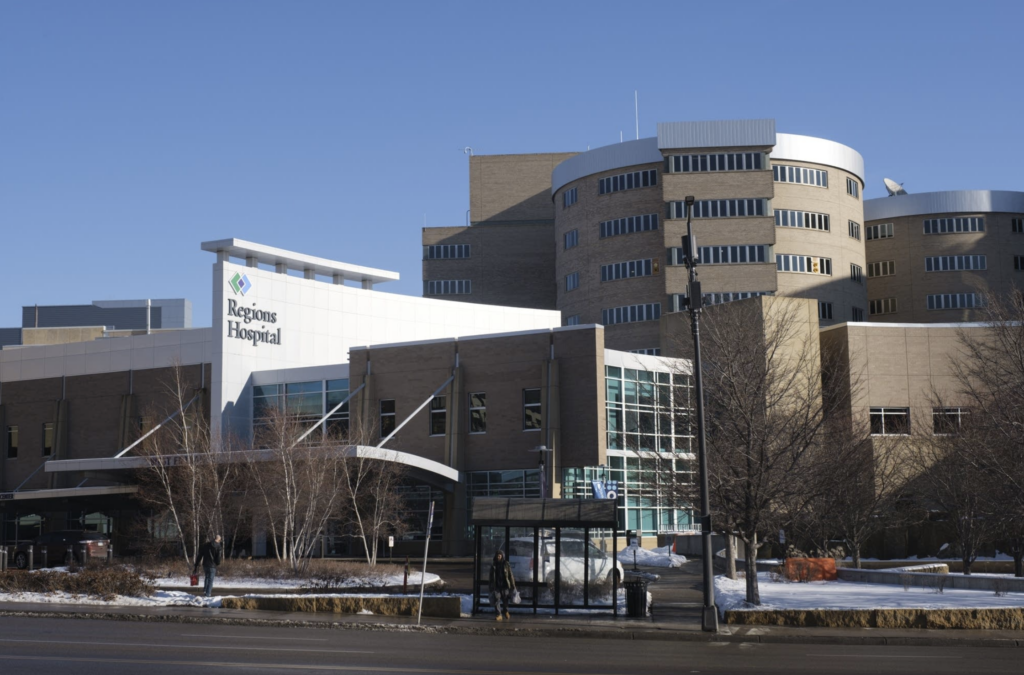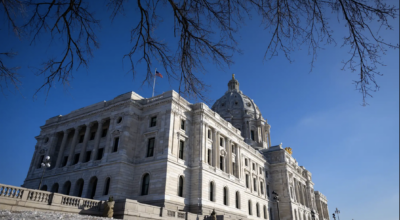Report: MinnesotaCare expansion could cost up to $364 million annually, enroll 151,000 more people
Published 4:26 pm Thursday, February 1, 2024

- Regions Hospital is pictured in St. Paul on Jan. 12. Tim Evans for MPR News/2021
|
Getting your Trinity Audio player ready...
|
By Estelle Timar-Wilcox, Minnesota Public Radio News
State-subsidized MinnesotaCare insurance is currently available only to people under a certain income limit, but some state legislators want to open the program up to anyone.
The Minnesota Department of Commerce released a report Thursday laying out the costs for a potential expansion of the state’s public health insurance program.
The report says an expansion could cost the state up to $364 million annually and enroll up to 151,000 more people in the program.
Advocates for an expansion say it would make health care easier to access, particularly for people who are self-employed or middle-income. The report notes that about 270,000 Minnesotans were uninsured in 2022.
Last year, the Legislature commissioned the report from the Department of Commerce and the Department of Human Services, as some DFLers seek to expand its coverage. Gov. Tim Walz included a public option in his budget proposal, too.
The report analyzes two separate models for a public option. The first model would let anyone buy into a plan identical to the existing MinnesotaCare coverage. The report predicts that this would cost the state between $113-364 million annually.
The second model would establish three different “levels” of the plan that would be sold on MNsure, the state’s health insurance marketplace. People earning over the current MinnesotaCare income limit would qualify for the “platinum level” plan. This could cost the state between $86-187 million annually.
Like the current MinnesotaCare model, both of these possibilities would rely on private insurers to deliver benefits, made more affordable than typical private insurance via state subsidies.
Neither model would impact coverage for people who are already enrolled.
Minnesota House Majority Leader Rep. Jamie Long, DFL — Minneapolis, has been an advocate for expanding MinnesotaCare. He said in a statement that this report will help the Legislature move ahead on its work.
“There is certainly more work to be done, but today’s report puts us on a path to a credible public option and we have our sleeves rolled up to do this important work,” Long said.
The report notes several questions for the Legislature to address before nailing down a plan. It recommends an equity analysis to research how an expanded public option would impact existing health disparities.
The report also makes several recommendations for studying operating and administrative costs. It says the Legislature should further study several possible costs, including the effect on federal funding and provider reimbursement rates.
The Legislature plans to pick up the issue again this session.
“I am pleased to see the wealth of data and analysis that will help us deliver better health care coverage to more Minnesota families across the state,” said Sen. Melissa Wiklund, DFL — Bloomington. “We know there is more work before us, but I am confident we have a solid foundation for the next phase in our pursuit of a public option and the affordable and comprehensive coverage Minnesotans deserve.”




